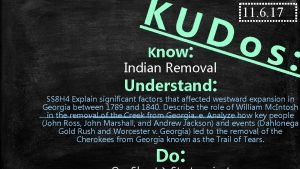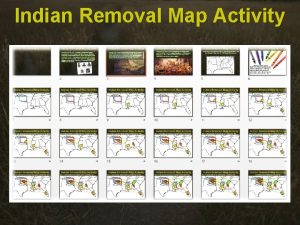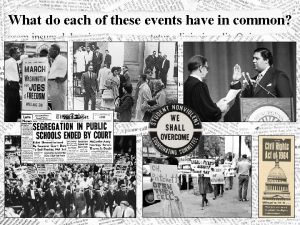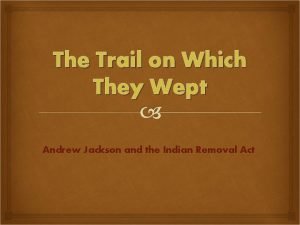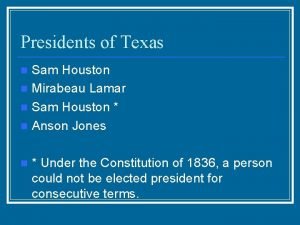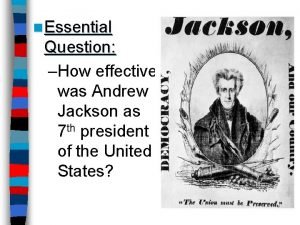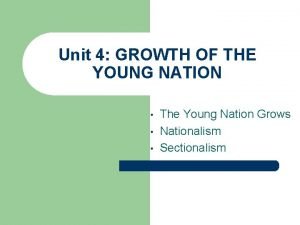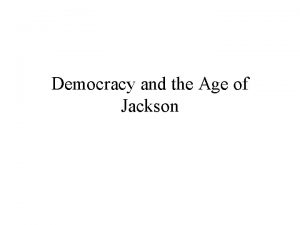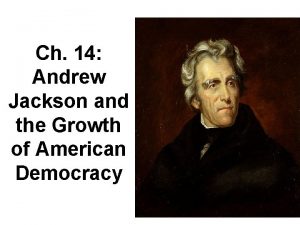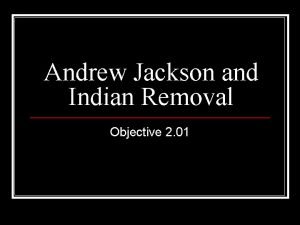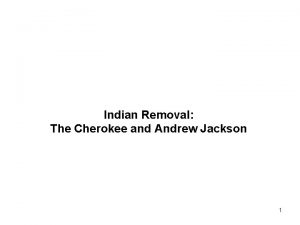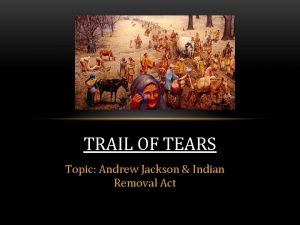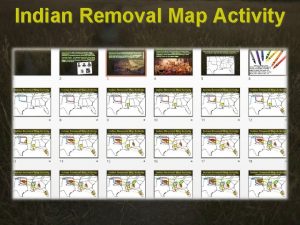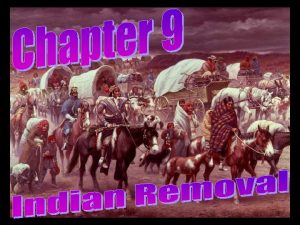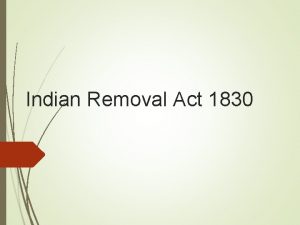Andrew Jackson and Indian Removal Indian Removal Act








![“…[the Cherokee nation] is a distinct community, occupying its own territory, …in which the “…[the Cherokee nation] is a distinct community, occupying its own territory, …in which the](https://slidetodoc.com/presentation_image_h2/906f0752472dc6ec323d7e971e397d2e/image-9.jpg)






- Slides: 15

Andrew Jackson and Indian Removal

Indian Removal Act • Indian Removal Act— 1830 authorized removal of Native Americans who lived east of the Mississippi River to lands in the west -Purpose: open up land for settlement

Indian Removal Act – Indian Territory— area of present-day Oklahoma where tribes were relocated

Indian Removal Act – Bureau of Indian Affairs—federal agency that oversaw policy directed towards American Indians

Removal of Native Americans • Choctaw: – first tribe to move – Treaty of Dancing Rabbit Creek— Choctaw ceded 10 million+ acres of land in Mississippi – Disastrous journey to Indian Territory (2, 500 died)

• Creek: – Resisted removal – 1836: federal troops remove from Alabamasome in chains • Chickasaw: – 1837 -38: Removed from Mississippi

Cherokee Resistance k r o w • Cherokee thought they would be left alone by adopting white culture d i D t o n – Children learned English – Government similar to U. S. • Gold discovered in Cherokee land in Georgia

Cherokee Resistance • Georgia orders Cherokee to leave • Cherokee refuse and sue… – Worcester v. Georgia- 1832 Supreme Court Case • Cherokee claim: Independent nation in which the laws of Georgia did not apply • Chief Justice John Marshall agreed
![the Cherokee nation is a distinct community occupying its own territory in which the “…[the Cherokee nation] is a distinct community, occupying its own territory, …in which the](https://slidetodoc.com/presentation_image_h2/906f0752472dc6ec323d7e971e397d2e/image-9.jpg)
“…[the Cherokee nation] is a distinct community, occupying its own territory, …in which the laws of Georgia have no force. ” --Chief Justice John Marshall

Cherokee Resistance • Georgia orders Cherokee to leave Marshall “John maderefuse his • has Cherokee and sue… decision; now – Worcester v. let Georgia- 1832 Supreme Court Case him • Cherokee enforce it. ” claim: Independent nation in which the laws of Georgia did not apply --Andrew Jackson • Chief Justice John Marshall agreed • President Jackson ignored the ruling

Cherokee Resistance • 1835 Treaty of New Echota – small fraction of the Cherokee agreed to removal • Spring 1838: U. S. troops begin to remove Cherokee to Indian Territory

Cherokee Resistance • Trail of Tears: 800 mile forced march to Indian Territory - Over 1/4 th (4, 000) died from disease, starvation, harsh weather, etc.

Seminole Wars • First Seminole War – General Jackson fought against Florida Seminoles following the War of 1812. • 1832: Leaders forced to sign removal treaty – Seminoles refused to leave – U. S. sent troops in 1835

Seminole Wars • Second Seminole War – Osceola called upon the Seminole to resist removal by force – War from 1835 -1842 • 3, 000+ Seminoles captured and moved to Indian Territory • 1500 U. S. soldiers died, $15+ million spent • U. S. gives up fight

Seminole Wars • Third Seminole War – Fighting over Florida land • 1855 -1858 • Most Seminole leave Florida • Small group refused to leave
 Was andrew jackson a president
Was andrew jackson a president Indian removal act map activity
Indian removal act map activity Indian removal act of 1830
Indian removal act of 1830 Indian removal act of 1830
Indian removal act of 1830 What was the purpose of the sibley commission
What was the purpose of the sibley commission The life and legacy of andrew jackson doodle notes
The life and legacy of andrew jackson doodle notes Andrew jackson and his supporters believed in apex
Andrew jackson and his supporters believed in apex Who is in this picture
Who is in this picture Andrew jackson trail of tears map
Andrew jackson trail of tears map Mirabeau lamar campaign poster
Mirabeau lamar campaign poster Nullify
Nullify Political cartoons andrew jackson
Political cartoons andrew jackson Why did andrew jackson oppose the national bank
Why did andrew jackson oppose the national bank Andrew jackson trail of tears quote
Andrew jackson trail of tears quote The cartoonist implies that andrew jackson
The cartoonist implies that andrew jackson 1828
1828
